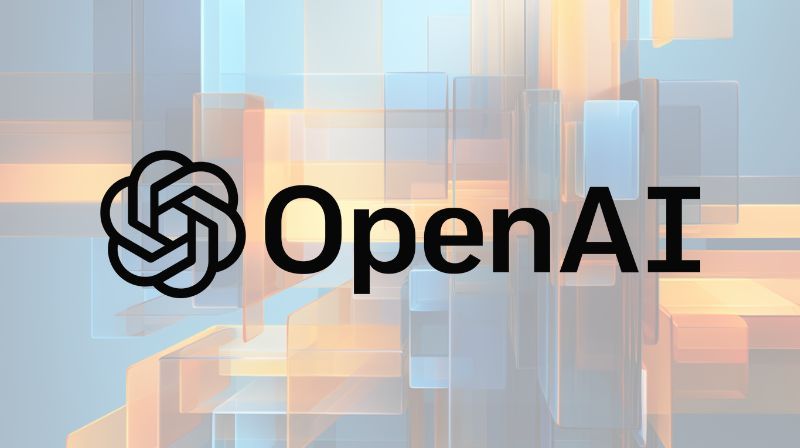GPT-4 Launch: A Milestone in AI Advancements
- OpenAI has recently released GPT-4, marking a significant step in the progression of text-generating models.
- This latest model is now accessible to all OpenAI API developers that have a history of successful payments, demonstrating OpenAI's commitment to broadening the availability of their state-of-the-art AI technology.
- A significant influx of developers have shown interest in accessing the GPT-4 API, reflecting the escalating demand for these advanced AI tools.
Improved Features in GPT-4
- Unlike its predecessor GPT-3.5, GPT-4 exhibits an enhanced ability to accept both image and text inputs, increasing its utility across a wider range of applications.
- While GPT-4's image-understanding capability is currently limited to select customers, this constitutes a crucial step towards achieving more versatile AI models.
- The text-generating capacity of GPT-4 not only encompasses the creation of coherent paragraphs but also extends to the production of code, a feature that attests to the sophistication of this AI model.
The Limitations of GPT-4
- While an impressive leap forward in AI development, GPT-4 still exhibits inherent limitations common among generative AI models, such as the tendency to "hallucinate" facts and make reasoning errors.
- GPT-4 is also incapable of learning from its own experience, which can lead to issues like introducing security vulnerabilities in the code it generates.
- It is important to recognize these limitations while evaluating the potential of GPT-4 and to consider them in the ongoing development and application of this technology.
Upcoming Fine-Tuning Capabilities
- OpenAI plans to grant developers the ability to fine-tune GPT-4 as well as GPT-3.5 Turbo, another recent text-generating model, using their own data.
- This move, expected to materialize later this year, will grant developers greater autonomy over their AI tools, thus expanding the versatility and potential of these AI models.
The Expanding AI Landscape: Increased Competition and Innovation
- The AI landscape has witnessed a surge in competition since the launch of GPT-4, with other AI players introducing models with expanded context windows.
- This proliferation of AI models is an encouraging sign of the healthy competition in the AI sector, driving innovation and fostering the development of increasingly advanced and capable models.
Other OpenAI Announcements
- OpenAI is also expanding the availability of DALL-E 2, an image-generating model, and Whisper, a speech-to-text model.
- These announcements signify OpenAI's commitment to developing a broad range of AI tools and expanding their applicability across various sectors.
OpenAI's Future Plans: Phasing Out Older Models
- OpenAI has announced plans to discontinue certain older models, including GPT-3 and its derivatives, in favor of new, more compute-efficient "base GPT-3" models.
- While this transition may require developers to adjust their integrations, OpenAI has committed to providing support during this transition to ensure minimal disruption.
- The company's strategy to optimize its compute capacity while continuing to innovate highlights its forward-looking approach and commitment to providing cutting-edge AI technology.








